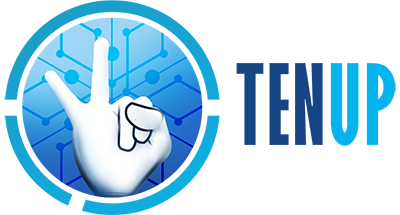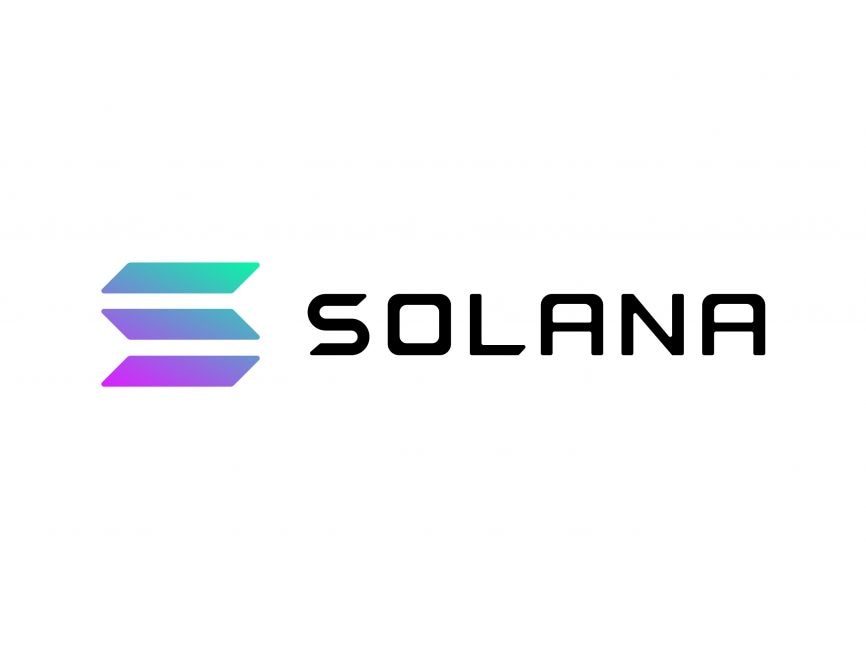
TenUp whitepaper: The Blockchain and Crowdfunding Revolution
The Pioneering Years
The latter half of the 2010s witnessed an explosive growth in blockchain technology and crowdfunding that left an indelible mark on people worldwide. As the blockchain industry was still in its infancy, it delivered groundbreaking outcomes through cryptocurrency trends. Despite facing some resistance from traditional markets, the widespread acceptance of cryptocurrency marked a significant breakthrough for crypto investors.
The Digital Era Transformation
Shaping a New World
Undoubtedly, we are living in a digital era where information processing and communication have undergone dramatic transformations in recent decades. It is only natural that we seek to revolutionize our daily activities. Cryptography has played a pivotal role in providing platforms that enhance our world in various ways. It strengthens e-commerce businesses, reduces the risks associated with scams, hacks, and fraud in international transactions, improves money transfer processes, and ensures individuals have full control, security, and privacy over their digital wealth.
Crowdfunding and ICO Challenges
Learning from Past Mistakes
In the early years of crowdfunding and ICO platforms, there were numerous instances of cryptocurrency-related frauds and scams. Limited information about cryptocurrencies and the crowdfunding market led to blind investments and substantial losses. A research paper published in the EU Journal of Social Justice highlighted that by 2016, 80% of crowdfunding projects remained undelivered, severely tarnishing the reputation of crowdfunding initiatives.
The Frauds and Frauds in ICO and Crowdfunding
Evolving Safeguards
The ICO and crowdfunding processes raised public concerns, primarily due to fraudulent crowdfunding companies with impressive websites and whitepapers that collected substantial funds only to vanish. This prompted concerns within the ICO and crowdfunding industry about the lack of oversight and proper maintenance of service lists due to market fragmentation. Plagiarism of content, feature replication, and idea duplication wasted the time of many legitimate companies. However, since 2016, both ICO and crowdfunding platforms have significantly distanced themselves from fraudulent counterparts. Today, there are effective ways to identify fraudulent websites and platforms, thanks to increased public education and cryptocurrency awareness.
TenUp: Reshaping Crowdfunding
Innovative Solutions
The crowdfunding market faces several hindrances and technical challenges. TenUp is committed to resolving these issues by creating an efficient crowdfunding platform that provides users easy access to investors. This whitepaper outlines our proposed solutions for optimizing the crowdfunding process.
Navigating Our Roadmap
Long-Term Vision
For the convenience of our readers, we have included our roadmap, which offers insights into our long-term goals and our contributions to the digital market.
Rewarding Our Community
Referral and Bounty Programs
TenUp values its community, and to show our appreciation, we have introduced referral and bounty programs, allowing individuals to actively participate in our platform.
Meet Our Team
The Driving Force
Lastly, we introduce our dedicated team members who have played a pivotal role in the inception of TenUp and will continue to contribute to its success in the future.
TenUp-Whitepaper







